Airports
- Istanbul Ataturk Airport (IST) 13 km
- Sabiha Gokcen Airpot (SAW) 49 km
Convention Centers
- Halic Congress Center 6.2 km
- Lutfi Kirdar International Congress Center 8.5 km
- CNR Expo 13.9 km
- Tuyap Fair and Convention Center 31 km
Airports
Convention Centers
Shopping Areas
Museums
Monuments & Iconic Buildings
Are you ready for a unique vacation at the very heart of the historical peninsula ?
The unique scenery of Bosphorus on one side and the historical peninsula from the Unesco World Heritage list on the other… Ramada Istanbul Old City Hotel invites you to an epic journey right at the heart of Istanbul.
Hosting many world-renowned historical works such as Blue Mosque and Square, Topkapı Palace, Hagia Sophia Museum, Basilica Cistern and Grand Bazaar is only a few stops away with the tram passing by in front of our hotel. You may get lost in the streets of Karaköy and Eminönü, both of which are on the same tram line. You can have a look over the city from Galata Tower or you may wander in the Modern Art Museum of Istanbul. You can stop by Dolmabahçe Palace or drop the anchor on the Maiden Tower which is the pearl of the Bosphorus with the ferries departing from right beside the Palace.
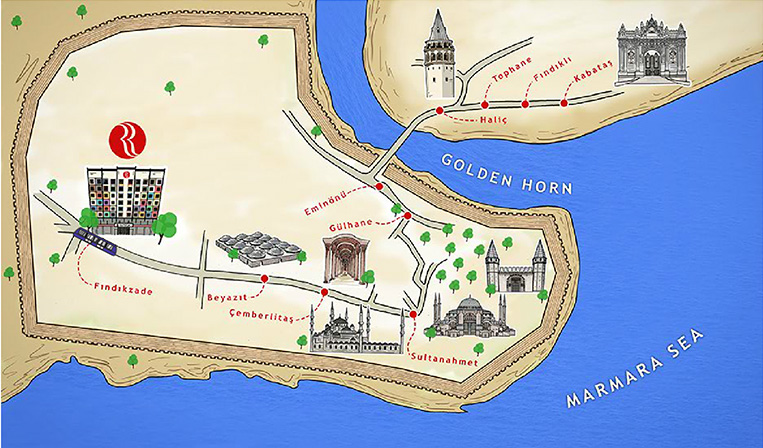
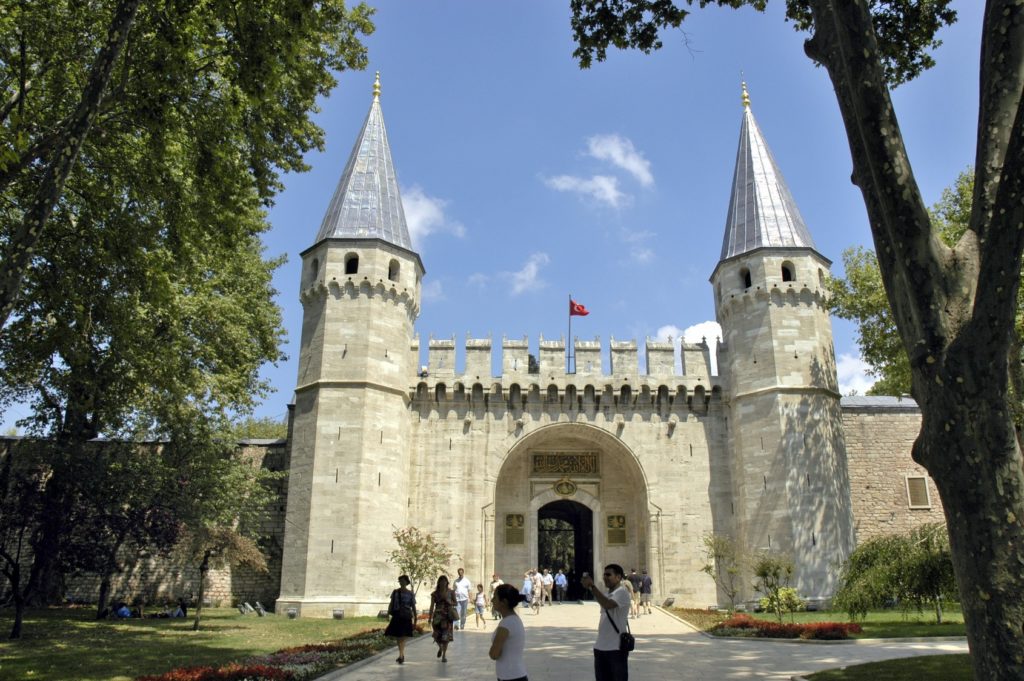
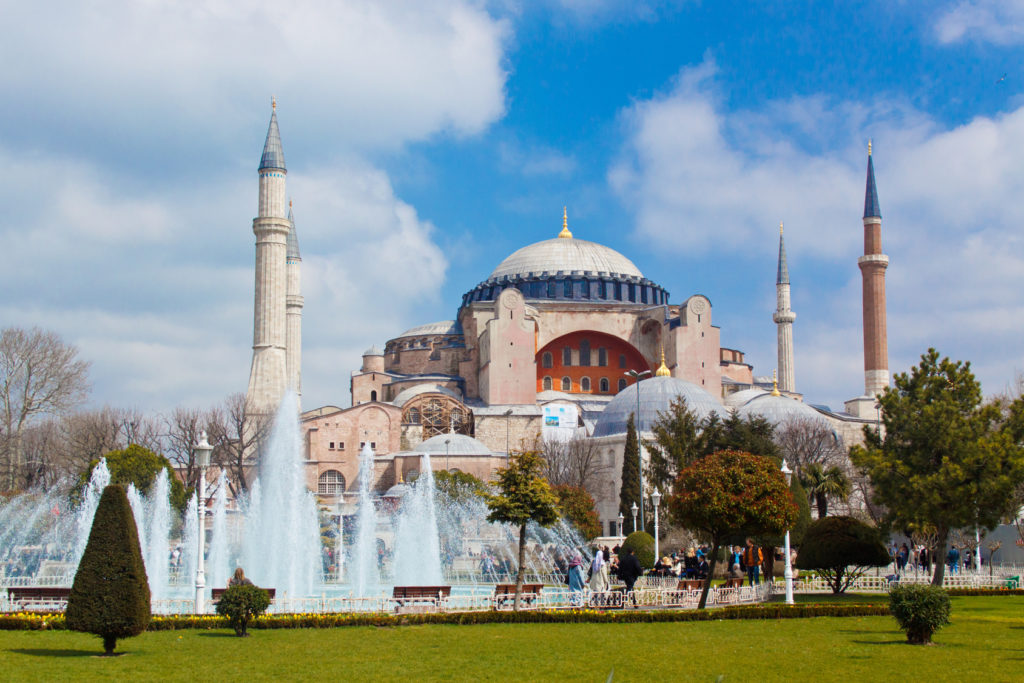
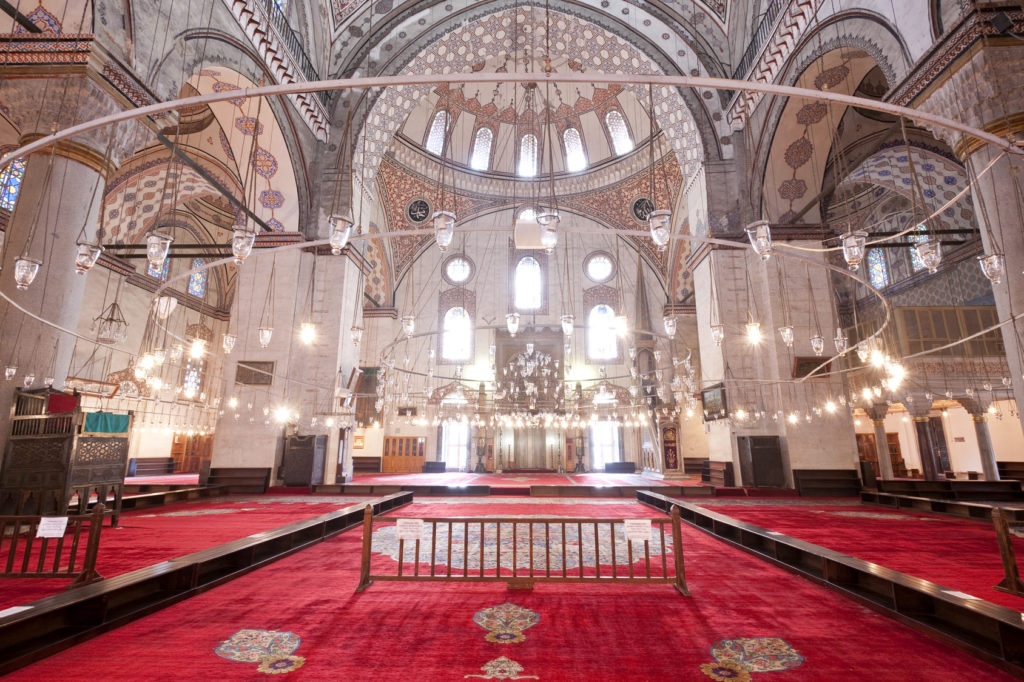
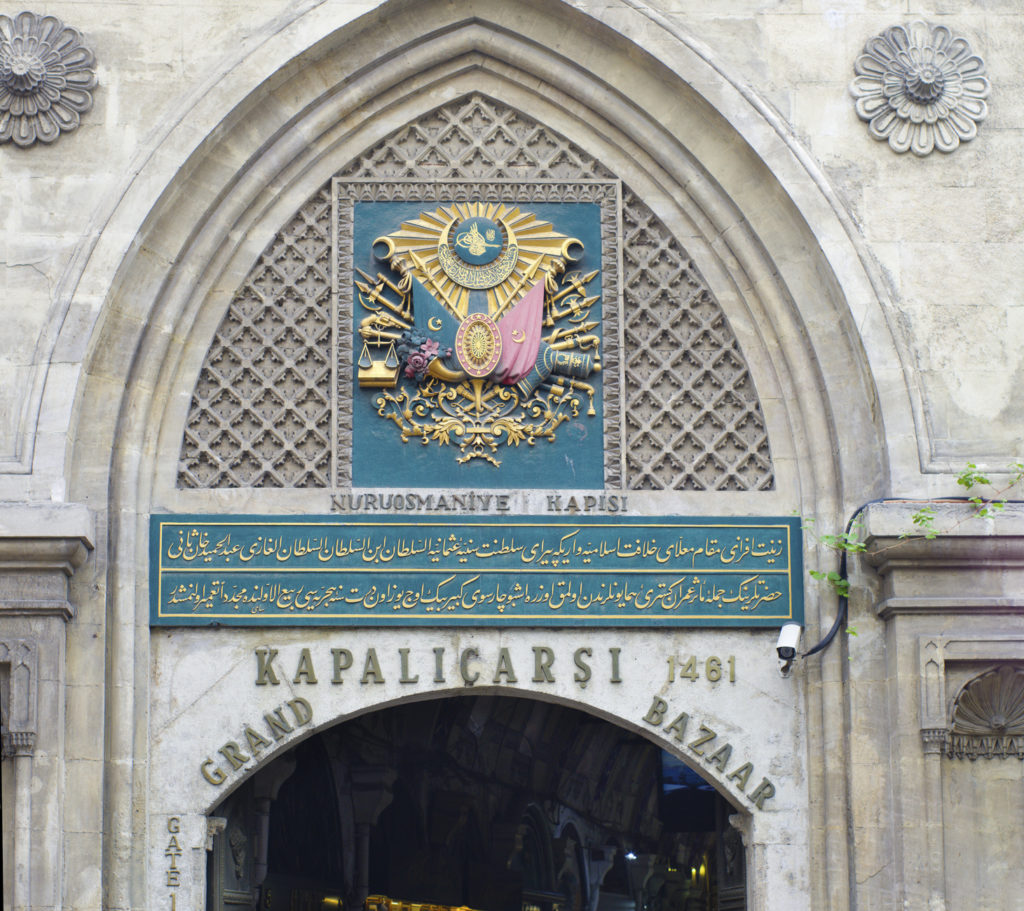
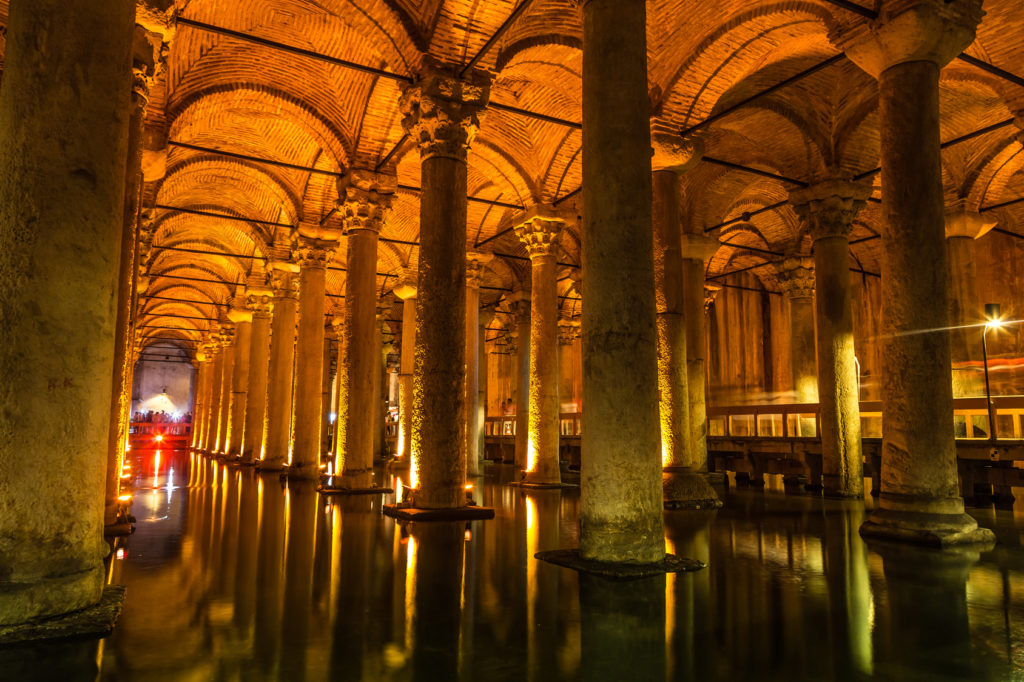
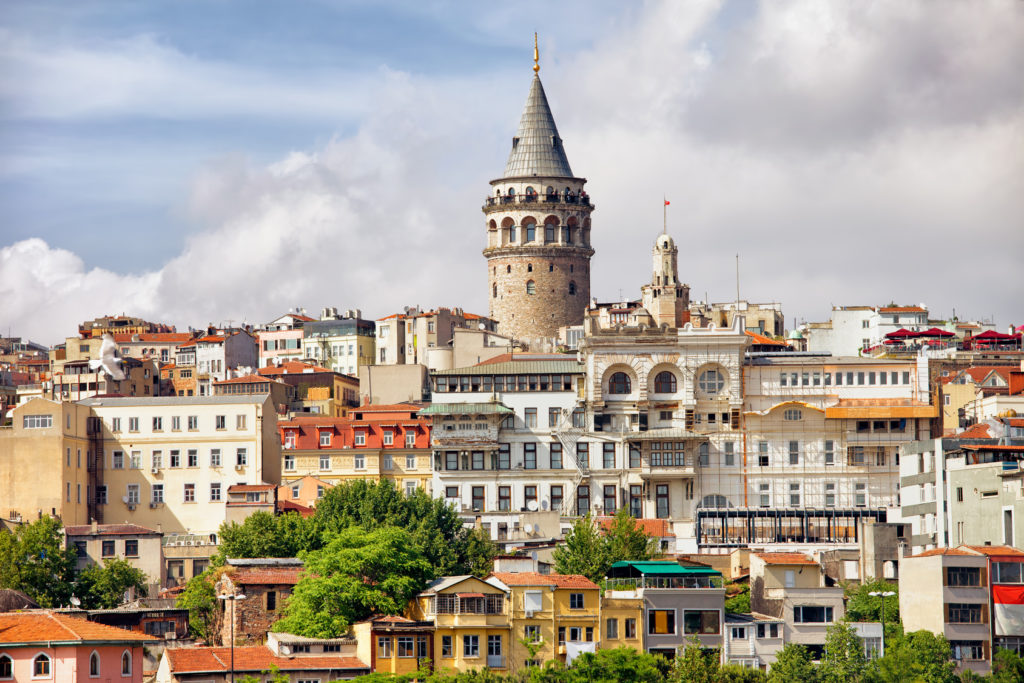
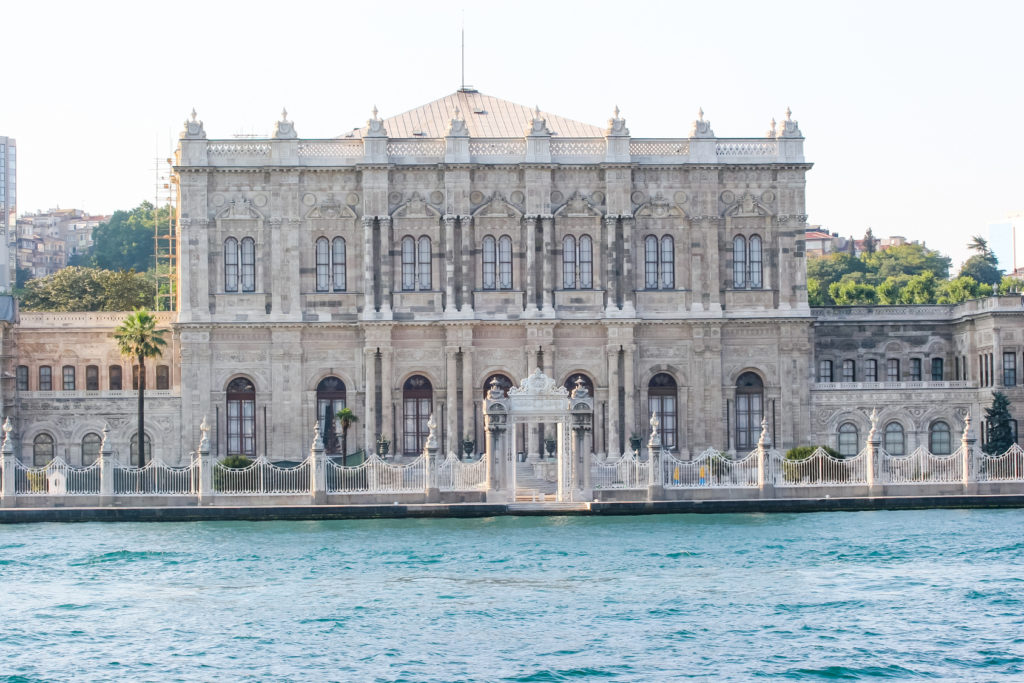
Dolmabahçe Palace was built by the 31st Ottoman Sultan Abdulmecid and opened to service in 1856. The main structure of the palace consists of 3 sections. Mâbeyn-i Hümâyûn (Selâmlık – the section reserved for men) was the part where the administrative works of the government were carries out, Muâyede Hall (Ceremony Hall) was the place where the Sultan exchanged bairam greetings with the members of government and some important state ceremonies took place, Harem-i Hümâyûn (Haremlik – the place reserved for women) was the private place for the Sultan and his family. The palace had hosted 6 sultans until 1924 when the caliphate was abolished and also the last Ottoman Caliph Abdulmecid Effendi. It was used as the Presidency office between 1927- 1949. Mustafa Kemal Atatürk, the founder of our Republic, had been in Dolmabahçe Palace during his works in Istanbul in 1927-1938 and deceased here. The palace was partially open to protocol and visits until 1984 and became a museum in that year.